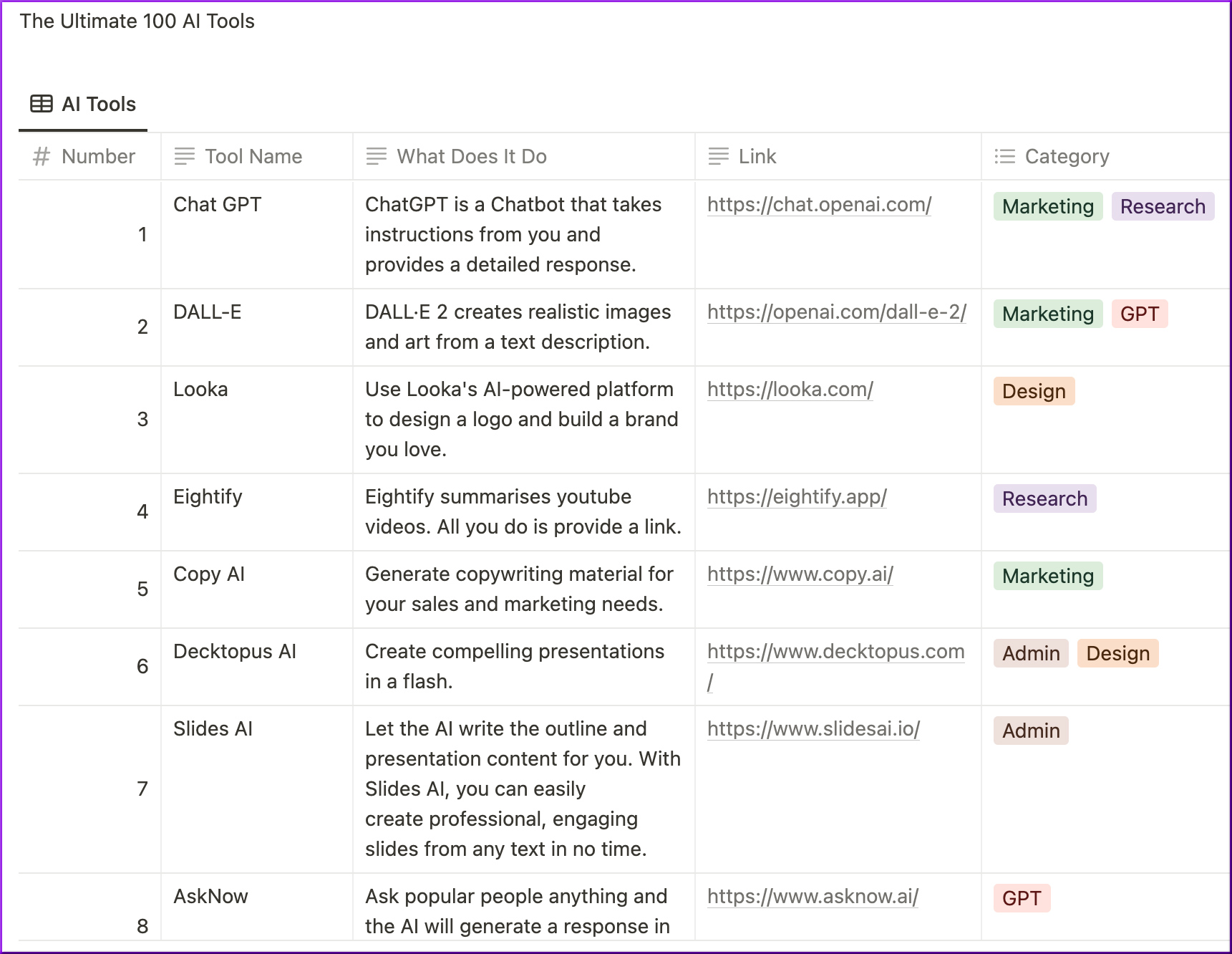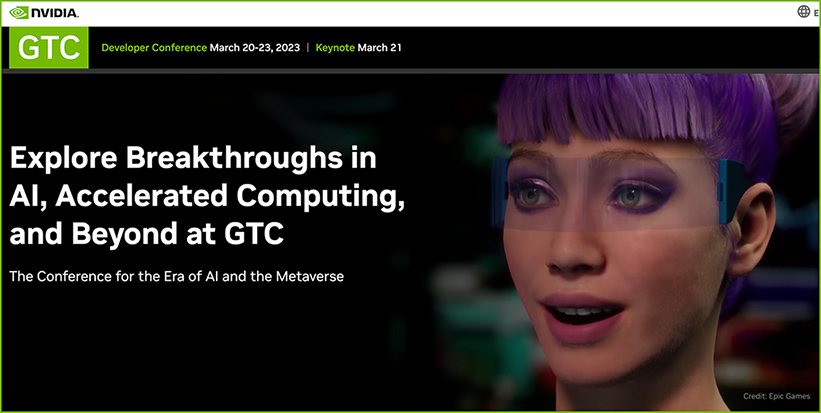Also relevant/see:
Accessibility Do’s and Don’ts for Website Navigation — from boia.org
Excerpt:
If people can’t navigate your website, they can’t use it — and you miss an opportunity to connect with your audience.
Navigation controls can present a significant barrier to people with disabilities, making it difficult for them to find and interact with the content they need.
The Web Content Accessibility Guidelines (WCAG) includes a list of success criteria to ensure that navigation controls are operable (they don’t require interactions that a user can’t perform). These criteria are put in place to assist users with a wide variety of abilities, including individuals who use assistive technologies (AT).
If you’re new to web accessibility, WCAG’s requirements may seem overwhelming. Fortunately, they’re based on simple principles — and by understanding a few basic concepts, you can avoid common mistakes.
Also relevant/see:
Assistive Technology: What’s an “Alternative Input Device?” — from boia.org
Examples:
- Eye-Tracking Systems
- Sip-and-Puff Systems
- Head Mouse
- Modified Keyboards
- Joysticks
Tech Titans: The crossroads of humanity and technology — from enterprisersproject.com by E.G. Nadhan
This year’s panel of IT leaders discusses the ongoing problem of equitable access to technology for underserved communities
Excerpts:
Can technology be a catalyst to improve the quality of life in these communities and, thus, resist the status quo?
“You cannot escape technology – tech is intertwined no matter what we do; it has become a utility like water, heat, and electricity. Not having access to technology can be detrimental to having access to the essentials of daily life. We need to work together to ensure that everyone – especially the underserved and disenfranchised communities – have access to technology.”
Also relevant/see:
Anywhere Learning Happens: The eduroam Global WiFi Access Service — from campustechnology.com by Mary Grush
A conversation with eduroam community leaders Saira Hasnain and Brett Bieber
Steadily, eduroam is reaching toward ubiquity, and that’s one big factor that will ultimately allow it to continue to expand services to users all around the globe.
…
Impressively, in 2022, eduroam logged more than 6.4 billion individual authentications around the globe.
Virtual Exam Case Primes Privacy Fight Over College Room Scans — from news.bloomberglaw.com by Skye Witley
- Cleveland State case centers on remote proctoring software
- Fourth Amendment protections in question before Sixth Circuit
Excerpt:
A legal dispute over a university’s use of exam proctoring software that allegedly scanned students’ rooms is set to shape the scope of Fourth Amendment and privacy protections for online college tests.
Cleveland State University last week asked a federal appeals court in Cincinnati to review a district court finding that the “room scans” were unconstitutional searches. The case could influence how other students litigate their privacy rights and change how universities virtually monitor their students during exams, attorneys said.
6 Free Tools for Evaluating Web Accessibility — from boia.org
Excerpt:
Can you evaluate your website’s accessibility on your own?
Not necessarily. To ensure conformance with the Web Content Accessibility Guidelines (WCAG), you’ll need to test your content regularly by using both manual and automated tools. Ideally, manual tests should be performed by human testers who have disabilities.
However, as you learn about the concepts of WCAG, you can use free tools to test your website for common barriers. If you’re a web designer or developer, online tools can be a vital resource as you incorporate the best practices of inclusive design.
Below, we’ll discuss six free tools that can help you make better design decisions.











